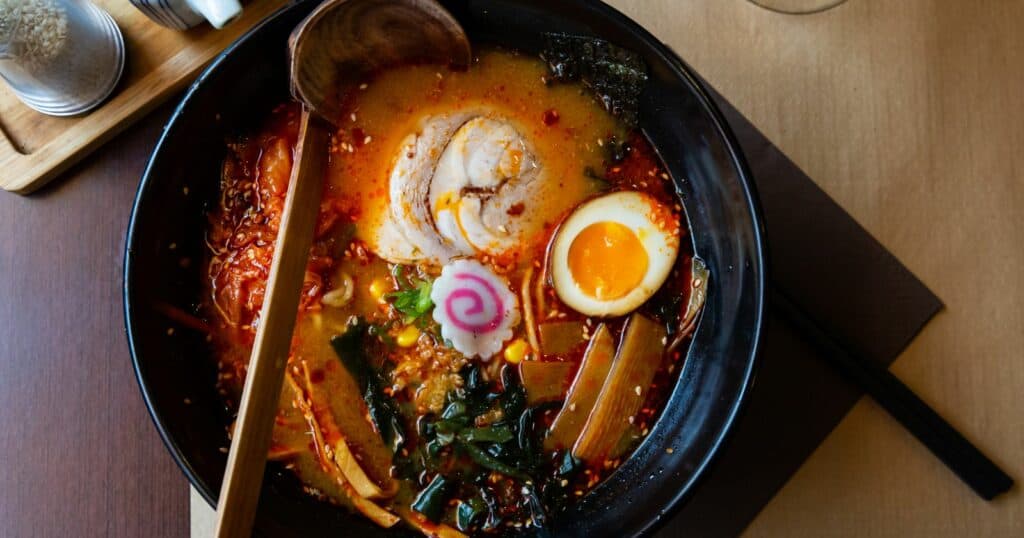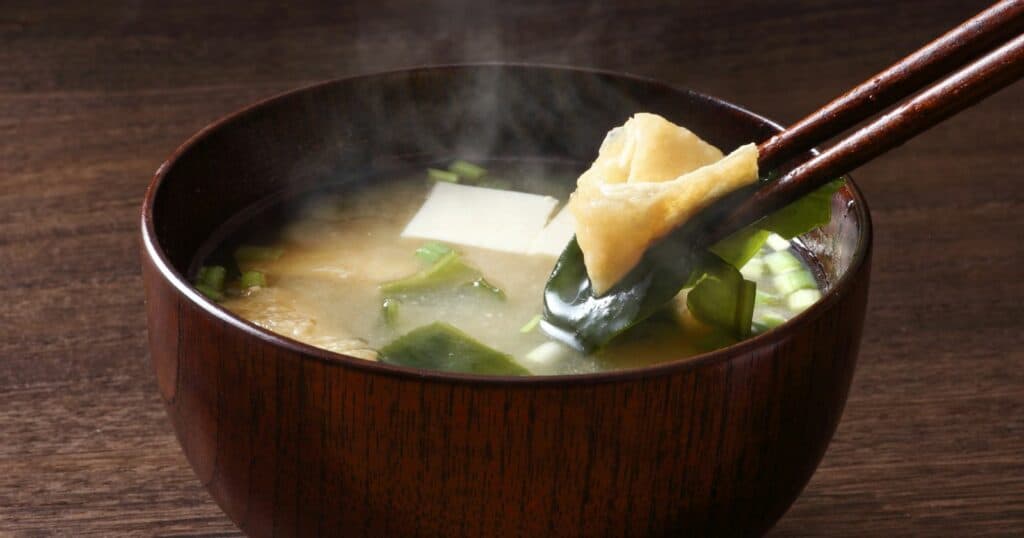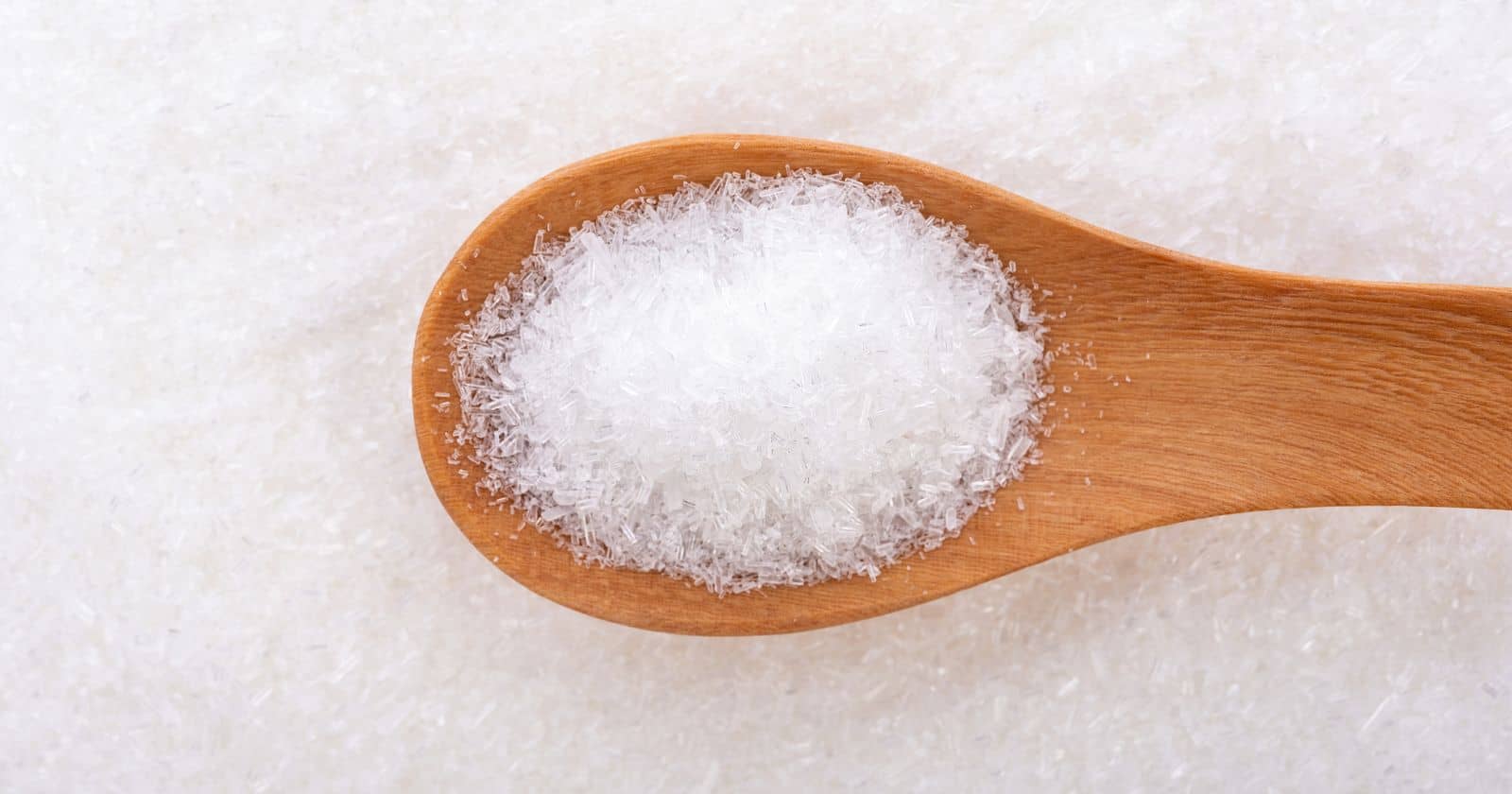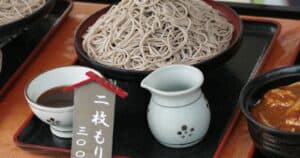Are you a fan of Japanese cuisine but wondering whether it contains MSG? Look no further! In this blog post, we will explore the presence of MSG in Japanese food and discuss the options available to those looking for MSG-free alternatives. Whether you have an MSG allergy or simply prefer to avoid it, we’ve got you covered!
Yes, MSG is widely used in Japanese food to enhance flavor and create that delicious umami taste. From common seasonings to ready-made meals, MSG can be found in various Japanese food products. However, if you’re concerned about consuming MSG, there are many Japanese food that offer MSG-free products, ensuring that you can still enjoy Japanese cuisine without the added ingredient.
In the following sections, we will delve into the types of Japanese foods that commonly contain MSG, including soups, sauces, seasonings, and salad dressings. We will also discuss the potential health effects of consuming MSG and provide tips for identifying and avoiding it in your food choices.
What is MSG and its role in Japanese cuisine?
MSG, or monosodium glutamate, is an ingredient widely used in Japanese cuisine. It is sold as “ajinomoto,” which is not only the name of a company but also the general term for MSG in Japan. MSG plays a significant role in Japanese cuisine as it enhances the flavor of food and adds a savory taste known as umami.
This ingredient is commonly found in various foods in Japan, including seasonings, ready-made meals, cosmetics, pharmaceuticals, and dietary supplements. While MSG is commonly used in Japanese cuisine, it is possible to find MSG-free products in Japan, with some companies specifically ensuring their products are MSG-free.
Unlike the controversy surrounding MSG in the Western world, the Japanese have been using MSG for decades without fear. It is particularly important in no-fat or low-fat food, where the extraction of oils can result in the loss of natural flavors.
Popular myths and misconceptions about MSG in Japanese food
Popular myths and misconceptions about MSG in Japanese food:
- MSG is not used in Japanese food.
- MSG is harmful to health.
- MSG is only found in savory foods.
- MSG is always labeled as such.
- Japanese people don’t use MSG.
Contrary to popular belief, MSG is widely used in Japanese cuisine. In fact, MSG was discovered in Japan and is a common ingredient in many traditional Japanese dishes. It adds a savory flavor known as umami, which enhances the taste of food.
Another common misconception is that MSG is harmful to health. While some individuals may experience mild symptoms like headaches or flushing after consuming MSG, extensive studies have not found any conclusive evidence linking it to serious health issues. Regulatory agencies such as the FDA consider MSG generally safe for consumption.
MSG is not limited to savory foods. It can also be found in sweet treats like cakes and candies. The presence of MSG in these foods contributes to a rich and flavorful taste experience.
It is important to note that MSG may not always be labeled as such in Japan. Food labels often list MSG as “flavor salt” or “flavoring (amino acid),” making it challenging for consumers to identify its presence. This labeling practice can lead to misunderstandings and contribute to the belief that MSG is absent from Japanese cuisine.
Lastly, the myth that Japanese people don’t use MSG is false. Like most Asian cultures, MSG is widely embraced and incorporated into Japanese cooking. It enhances the taste of dishes and is valued for its ability to elevate flavors.
Understanding the health effects of MSG
MSG has been a controversial ingredient for decades, with some people claiming that it causes negative symptoms such as headaches, nausea, and heart palpitations. However, the FDA, WHO, and other food-regulating bodies have debunked these claims, and extensive clinical research studies have found no evidence to support them.
MSG is typically found in highly processed foods, which are already known to have less beneficial effects on health. Therefore, it’s possible that it’s not the MSG alone producing these undesirable side effects.
Some studies have linked MSG to weight gain, high blood pressure, asthma attacks, metabolic syndrome, and short-term side effects. However, current evidence and health authorities recognize MSG as safe. It has been associated with an increased risk of metabolic disorders, primarily due to animal studies that have linked the additive to insulin. But it’s important to note that these studies have yet to be replicated in human studies.
Some people may experience adverse effects from consuming MSG due to a condition called MSG symptom complex (MSC), estimated to affect less than 1% of the general population. MSC can cause symptoms like headaches, flushing, sweating, and numbness. However, these symptoms are usually mild and go away on their own. It’s worth noting that similar symptoms can be triggered by other compounds found naturally in foods, like tomatoes and cheese.
The use of umami in Japanese cooking
Umami, the savory fifth taste, is a key element in Japanese cuisine. It adds depth and complexity to dishes, making them more satisfying and enjoyable to eat. Umami is commonly found in ingredients like seaweed, shiitake mushrooms, soy sauce, and miso, giving many Japanese dishes their signature flavor.
Japanese cooking utilizes umami in a variety of ways. One popular dish that highlights umami is okonomiyaki, a savory pancake filled with cabbage and seafood. The combination of these umami-rich ingredients creates a delicious and satisfying meal. Another classic umami dish is katsu curry, which combines the rich flavors of breaded and fried meat with a savory curry sauce.
Umami is often described as a meaty or broth-like taste that lingers on the tongue. It is associated with broths and soups, which are foods that have been cooked slowly for a long time to draw out the flavors. This slow cooking process enhances the umami taste and creates a comforting and rich dish.
Umami is not limited to Japanese cuisine alone. It is found in a wide range of ingredients and dishes worldwide. Meat, fish, shiitake mushrooms, tomatoes, and even parmesan cheese all contain umami. This unique flavor profile is the defining characteristic of many Japanese delicacies and is also appreciated in various other culinary traditions.
Traditional Japanese dishes and their MSG content

Traditional Japanese cuisine incorporates various ingredients and seasonings, which may contain MSG. While MSG usage varies, it is commonly found in contemporary Japanese dishes. Here are some examples:
- Miso Soup: Miso paste, a key ingredient in miso soup, contains glutamic acid, providing a natural umami flavor similar to MSG.
- Sushi: Sushi rice is seasoned with a mixture of rice vinegar, sugar, and salt, which may contain MSG.
- Ramen: The broth used in ramen is typically made with a combination of meat, vegetables, and bones, which can naturally contain glutamic acid, similar to MSG.
- Yakitori: These grilled chicken skewers are often seasoned with a sauce that may contain MSG.
- Teriyaki: Teriyaki sauce, made with soy sauce, sugar, and mirin, sometimes contains MSG.
- Tempura: The batter used for tempura is usually made with flour, water, and eggs, which typically do not contain MSG.
It is important to note that the MSG content in these dishes may vary depending on the specific ingredients and brands used. Additionally, while some individuals may experience sensitivity to MSG, it is generally considered safe for consumption in moderate amounts. As with any dietary concern, it is recommended to be aware of your personal sensitivities and make informed choices about your food intake.
Common Japanese food ingredients: MSG alternatives
There are several alternatives to MSG that can be used in Japanese cuisine. Here are some options:
- Dashi: Dashi is a flavorful broth made from kombu (dried kelp) and bonito flakes (dried fish flakes). It is commonly used as a base for soups, stews, and sauces in Japanese cooking. Dashi provides a savory and umami taste without the need for MSG.
- Soy sauce: Soy sauce is another popular alternative to MSG. It is a salty and savory sauce made from fermented soybeans, wheat, salt, and koji (a type of fungus). Soy sauce adds depth of flavor to various dishes and can be used as a seasoning or marinade.
- Miso: Miso is a fermented paste made from soybeans, rice, or barley. It is widely used as a seasoning in Japanese cuisine, particularly in soups, marinades, and sauces. Miso offers a rich and complex flavor profile, making it a great MSG substitute.
- Bonito flakes: Bonito flakes are dried and smoked fish flakes that lend a distinct umami flavor to dishes. They are often used to enhance the taste of dishes like okonomiyaki and takoyaki. Bonito flakes can be a great alternative to MSG, adding a natural and robust savory taste.
- Shiitake mushrooms: Shiitake mushrooms are known for their intense umami flavor. They can be used in various Japanese dishes, including soups, stews, and stir-fries, to provide a delicious alternative to MSG. These mushrooms bring a deep and meaty taste to the table.
- Kombu: Kombu, a type of seaweed, is an essential ingredient in making dashi broth. It contains natural glutamates that contribute to its umami taste. Kombu can also be used as a seasoning in other Japanese dishes to add a touch of depth and savoriness.
- Mirin: Mirin is a sweet rice wine commonly used in Japanese cooking. It imparts a unique flavor and sweetness to dishes, making it a suitable alternative to MSG. Mirin can be used in marinades, sauces, and glazes to enhance the overall taste.
- Sake: Sake, a Japanese rice wine, can be used as a marinade or seasoning in Japanese cuisine. It adds a subtle flavor and complexity to dishes, serving as a viable alternative to MSG.
Reading food labels: Identifying MSG in Japanese products
Reading food labels to identify MSG in Japanese products can be challenging, as it is often labeled as “ajinomoto,” which is both a company name and the catch-all word for MSG. However, there are some tips that can help you navigate through food labels and make informed choices.
First, look for the words “flavor salt” or “flavoring (amino acid)” on food labels. These are common ways that MSG is labeled in Japan. By being aware of these terms, you can easily identify if a product contains MSG or not.
It’s important to note that even if a product does not specifically list MSG as an ingredient, it may still contain natural sources of glutamic acid, which is similar to MSG and can have similar effects on some people. Therefore, it’s essential to be mindful of the ingredients and take any potential sensitivities into account.
Certain types of food are more likely to contain MSG, such as soups, sauces, seasonings, and salad dressings. When consuming these products, it’s important to be cautious and check the labels for any indications of MSG or its alternative names.
If you have an MSG allergy or sensitivity, it may be helpful to learn some basic Japanese phrases to communicate your dietary needs to restaurant staff. This can ensure that you are able to avoid foods containing MSG and enjoy a safe dining experience.
Japanese culinary practices and alternatives to MSG
Japanese culinary practices involve the use of various ingredients and seasonings, including MSG. However, some people may want to avoid MSG due to allergies or other concerns. In Japanese cuisine, there are several alternatives to MSG that can still enhance the flavors of dishes.
One popular alternative is dashi, a broth made from kombu and bonito flakes. This flavorful broth is commonly used as a base for soups, stews, and sauces in Japanese cooking. It adds a rich umami taste without the need for MSG.
Soy sauce is another great alternative to MSG. Made from soybeans, wheat, salt, and koji, soy sauce is a salty and umami-rich sauce that is widely used in Japanese cuisine. It can be used as a seasoning or a dipping sauce, adding depth of flavor to various dishes.

Miso, a fermented paste made from soybeans, rice, or barley, is also commonly used in Japanese cooking. It is a versatile ingredient that adds a savory and slightly sweet taste to soups, marinades, and sauces. Miso is a great substitute for MSG as it can provide depth of flavor to dishes.
Other alternatives to MSG in Japanese cuisine include bonito flakes, shiitake mushrooms, kombu, mirin, and sake. Bonito flakes are dried and smoked fish flakes that add a distinct umami flavor to dishes. Shiitake mushrooms, often used in soups, stews, and stir-fries, contribute to the umami profile of Japanese dishes.
Kombu, a type of seaweed, is not only used to make dashi broth but can also be used as a seasoning. Mirin, a sweet rice wine, can add flavor and sweetness to dishes, while sake can be used as a marinade or seasoning.
In addition to these ingredients, different herbs and spices can be used to enhance the flavors of Japanese dishes. Ginger, garlic, and green onions are commonly used as seasonings, adding a fresh and aromatic element to various dishes.





